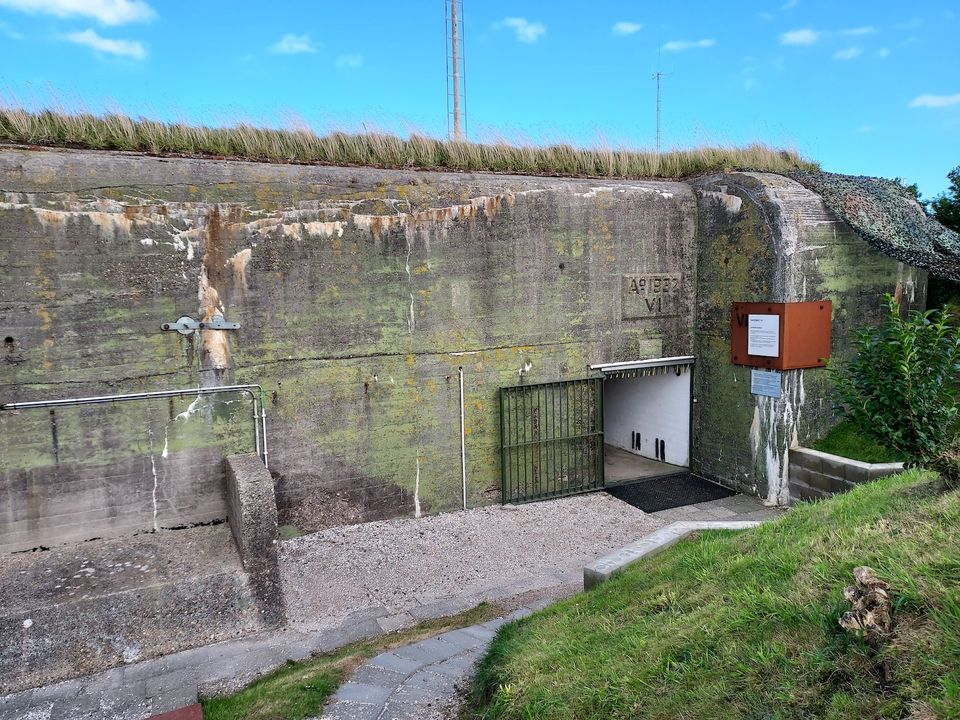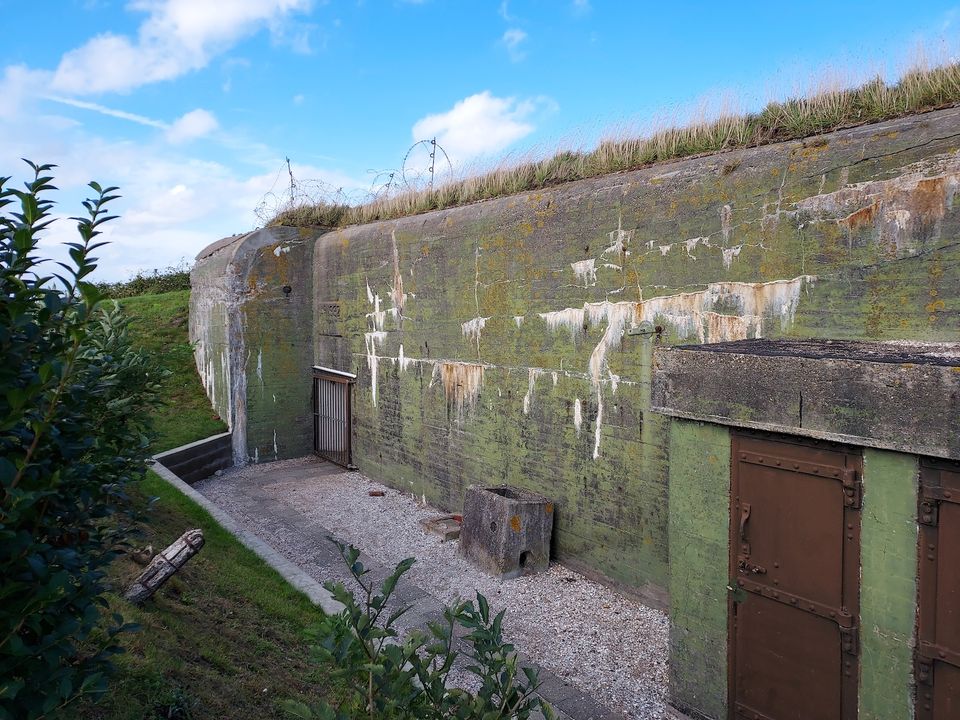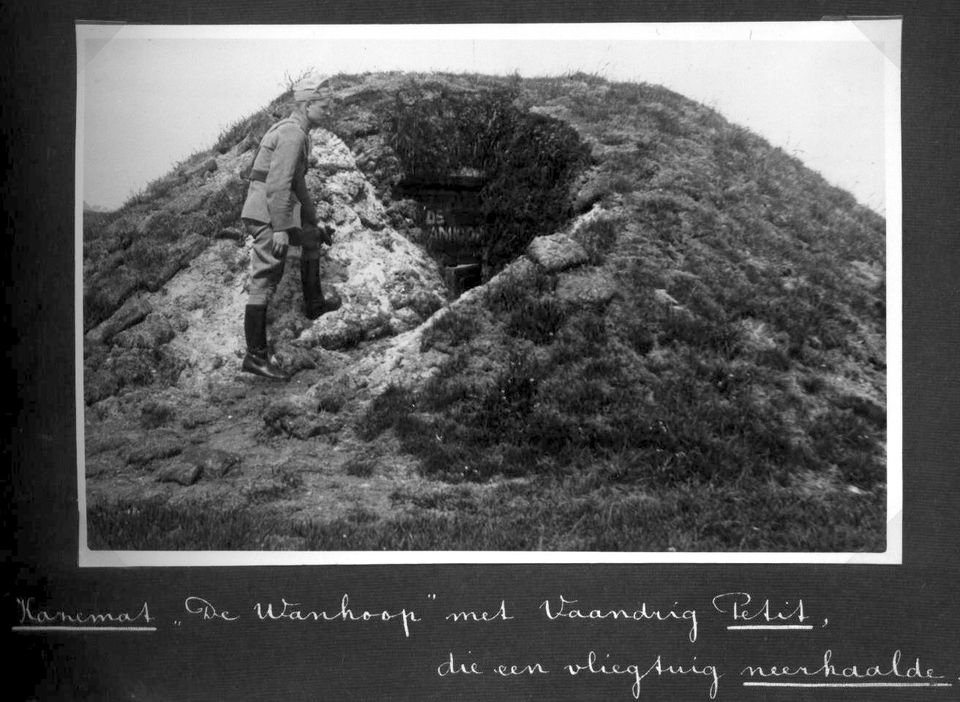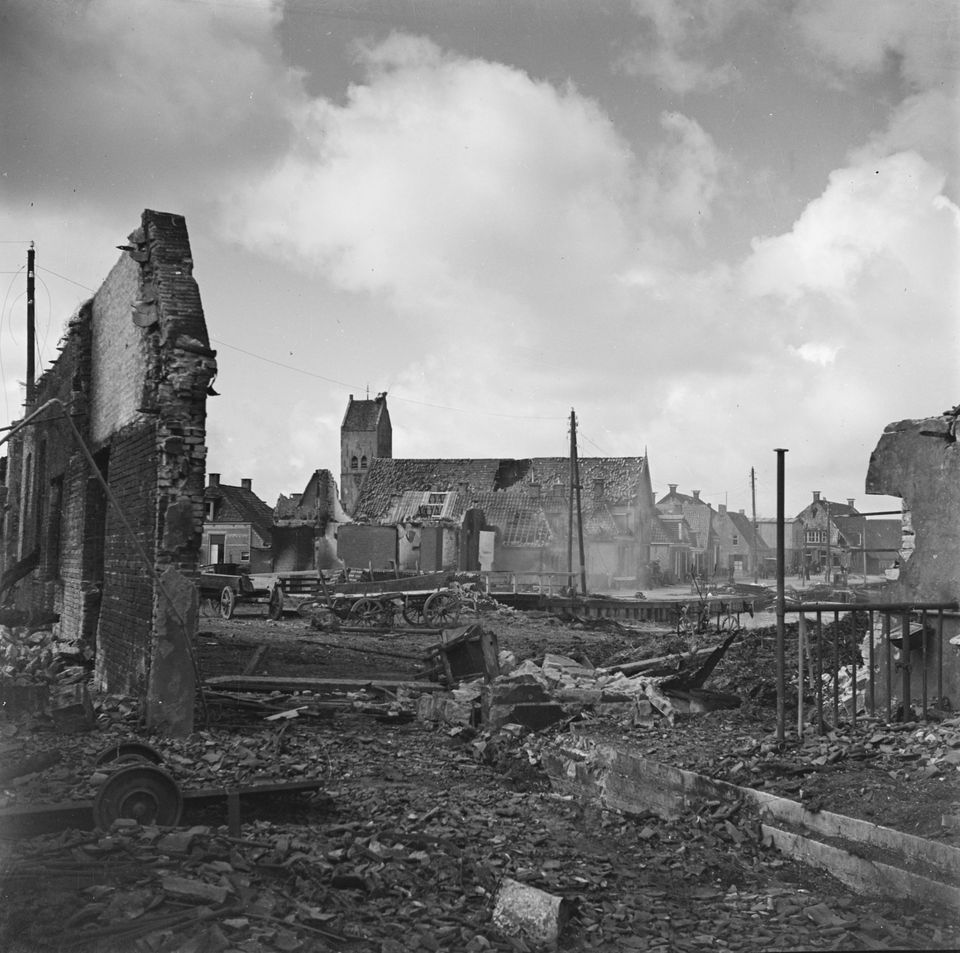May 1940
On May 12, 1940, German troops entered the province of Friesland from Groningen and Frederiksoord-Noordwolde. The Wonsstelling, consisting of simple field fortifications of wood and earth, was quickly overrun and in the evening the whole province of Friesland was captured by the Germans.
The next day, the Germans launched fierce attacks on the Casemates at Kornwerderzand, which were to protect the Frisian "ramp" of the Afsluitdijk, which consisted of a defense system of roadblocks and modern casemates. The Dutch soldiers in the position repulsed a German attack in which many were wounded.
Because of this, a frightened conscript soldier call…
On May 12, 1940, German troops entered the province of Friesland from Groningen and Frederiksoord-Noordwolde. The Wonsstelling, consisting of simple field fortifications of wood and earth, was quickly overrun and in the evening the whole province of Friesland was captured by the Germans.
The next day, the Germans launched fierce attacks on the Casemates at Kornwerderzand, which were to protect the Frisian "ramp" of the Afsluitdijk, which consisted of a defense system of roadblocks and modern casemates. The Dutch soldiers in the position repulsed a German attack in which many were wounded.
Because of this, a frightened conscript soldier called the Afsluitdijk the “Totendamm”, but Kornwerderzand held out and held on. On May 14, 1940, Rotterdam was heavily bombed and the enemy threatened that several large cities in the west and center of the country would suffer the same fate. The Dutch armed forces – at least that part that could not escape elsewhere – laid down their arms and the German occupation of the Netherlands was a fact.
During this cycle route you will pass both the Wonsstelling and the casemates at Kornwerderzand, taking you back to the May days of 1940.
Have fun!
Sights on this route
Kazemattenmuseum
On Kornwerderzand at the head of the Afsluitdijk are the famous casemates, largely hidden under sand. Within the metre-thick walls, the period before and from May 1940 is revived.
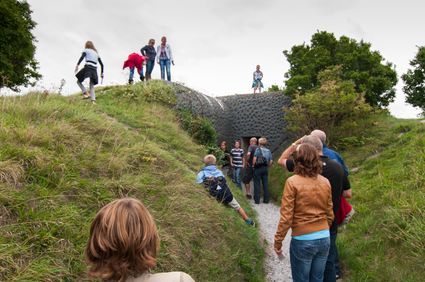
Verzetsmonument Makkum
Tijmen and Aart van den Berg are remembered at the monument on the quay in Makkum. During the Second World War, the two brothers had an eel smokehouse, which also served as a cover for their acts of resistance.
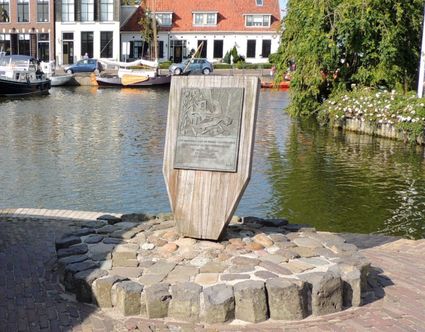
Monument Lockheed Hudson
In the night of 5 to 6 July 1944, the Lockheed Hudson of the 161 Squadron was en route with four secret agents to the Appelsche Heide dropping zone near Nijkerk. A German night fighter intercepted the aircraft and it crashed into the IJsselmeer.
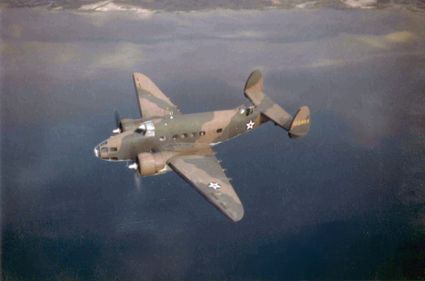
Wonsstelling
The village of Wons played an important role during the invasion of the German army in 1940. This had to do with its location opposite the Afsluitdijk. The Wonsstelling was the last obstacle before the German troops reached the Afsluitdijk.
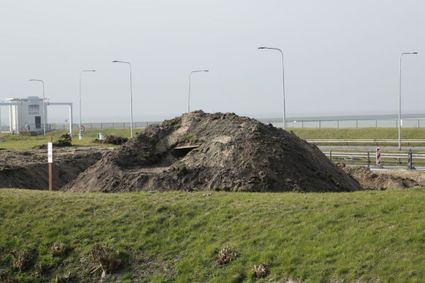
Monument Canadian regiment Queen's Own Rifles of Canada
In Wons is a monument to the Canadian regiment Queen's Own Rifles of Canada. This regiment was responsible for the liberation of Wons on April 16, 1945.
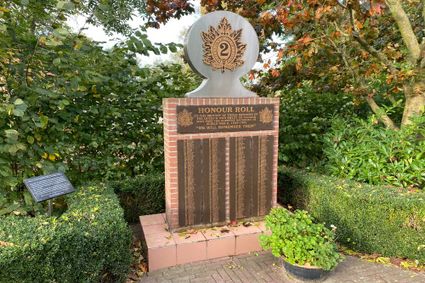
Monument Canadian regiment Queen's Own Rifles of Canada
Monument Canadian regiment Queen's Own Rifles of Canada
Wildinghelaan 1
8747 NL Wons
Heavy shelling on Pingjum
After the liberation of Sneek on April 15, 1945, Canadian troops advanced to the Afsluitdijk. The Frisian resistance advised against the attack. It remembered the May days at the beginning of the war in 1940.
Heavy shelling on Pingjum
After the liberation of Sneek on April 15, 1945, Canadian troops advanced to the Afsluitdijk. The Frisian resistance advised against the attack. It remembered the May days at the beginning of the war in 1940.
After the Canadians had been festively welcomed in Leeuwaren, it was important to advance quickly to Franeker to prevent the last escape option of the Germans over the Afsluitdijk and the IJsselmeer. The attack against the Afsluitdijk was launched from the southeast on 16 April, but the tanks of the Queens Own Rifles soon ran into the strong German defenses.
After that, the village of Wons was surrounded, but the Germans defended themselves very fanatically at Pingjum. There were many snipers and the Canadians were fired on from the farms. Allied fighters and artillery were deployed to break the German resistance. During the shelling, five farms went up in flames, six civilians, one Canadian and 46 Germans were killed. On April 18, 1945, the Canadians were able to report that the entire area had been cleared of enemies.

Monument 'Dead Seafarers'
It is often forgotten that the crew of the Dutch merchant navy made an important contribution to the Allied efforts during the Second World War.

Remains of the Atlantic Wall in Harlingen
The bunkers at Harlingen were part of the Atlantic Wall: the more than 6,000-kilometer-long German defense line from Norway to Spain. The Atlantic Wall is one of the largest structures of the 20th century.
Remains of the Atlantic Wall in Harlingen
The bunkers at Harlingen were part of the Atlantic Wall: the more than 6,000-kilometer-long German defense line from Norway to Spain. The Atlantic Wall is one of the largest structures of the 20th century.
The line was built during the Second World War between 1942 and 1945 to prevent an Allied invasion of the Western European mainland from the sea. The Atlantic Wall was a series of separate smaller and larger support points that could give each other fire support.
In many cases they consisted of bombproof bunkers, sometimes with a wall and roof thickness of at least two meters of reinforced concrete. Due to a lack of labour, equipment and fuel, only 510 bunkers of the planned 2000 had been built in the Netherlands. In the English Garden in Harlingen is a German bunker that was part of the Atlantic Wall. It concerns a Communications Command Post with which the Germans coordinated the Frisian coastal defences.
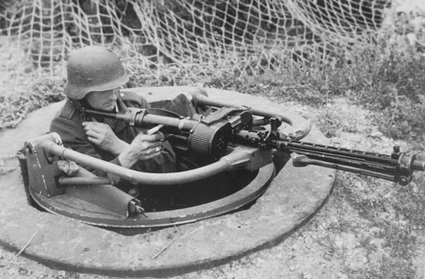
British War Cemetery Harlingen
In response to the air raids on London and other places, the British government ordered the bombing of German cities and industrial areas. On their bombing route to Germany, the Allies used the IJsselmeer as a flight path.

War Plaque Zurich
From Leeuwarden, one of the Canadian battalions rushed west to liberate Harlingen. They did not get any further than Franeker that Sunday afternoon, April 16.
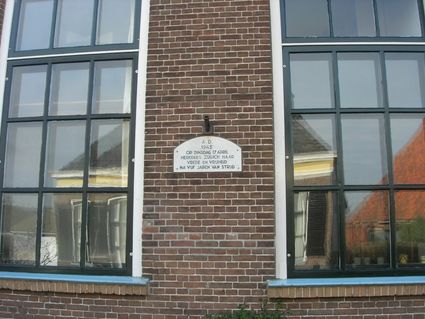
Kazemattenmuseum
On Kornwerderzand at the head of the Afsluitdijk are the famous casemates, largely hidden under sand. Within the metre-thick walls, the period before and from May 1940 is revived.

- 45
- 74
- 52
- 70
- 49
- 87
- 24
- 55
- 95
- 53
- 85
- 59
- 31

